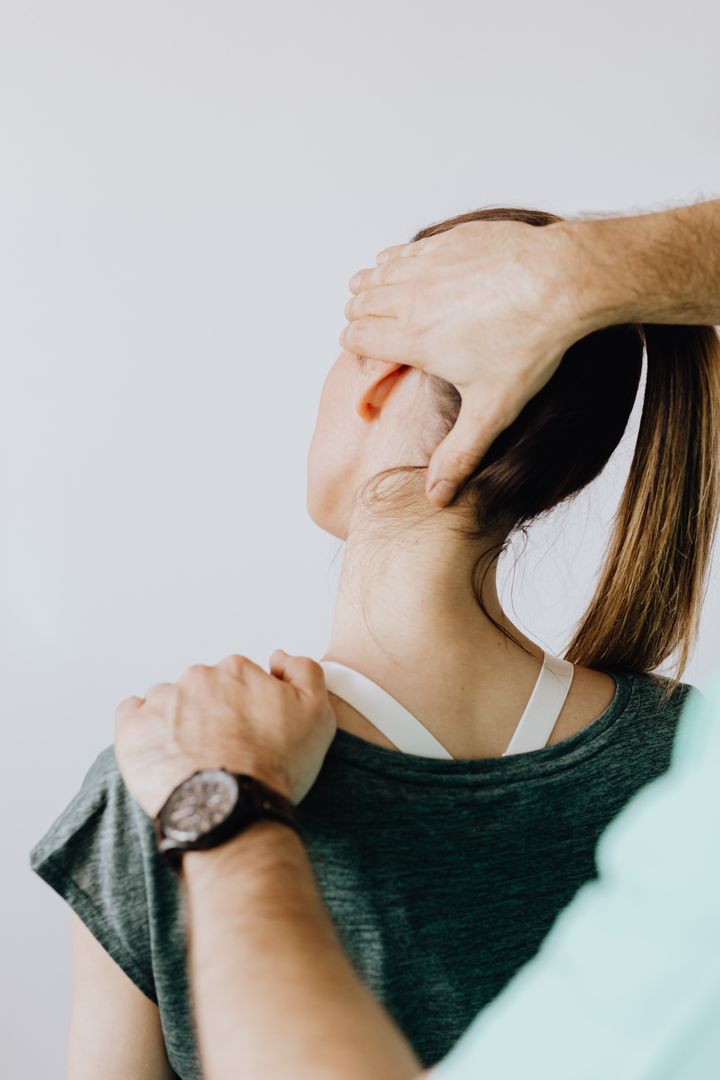Clinical Rehabilitation Exercise

What is clinical rehabilitation and exercise?
Clinical rehabilitation is a type of exercise-based therapy that is commonly used to improve or provide relief from the physical symptoms associated with chronic health conditions and injury.
It involves the design and implementation of an individualised exercise program by an exercise physiologist or exercise scientist. This will be closely personalised to your current abilities, needs, and goals.
Who can benefit from clinical rehabilitation and exercise?
Clinical rehabilitation and exercise can be used by anyone looking to improve their general health and fitness. However, it is most commonly used by people who are looking for relief from the physical symptoms of injury or other chronic health conditions.
What does clinical rehabilitation and exercise involve?
Your clinical rehabilitation and exercise journey will begin with a one-to-one consultation. During this consultation, our exercise physiologist will ask you a series of questions, which will help them to get a better understanding of your medical history and condition. They will also assess your current abilities (including your strength, stability, movement, and flexibility).
Based on their findings during this consultation, our exercise physiologist will then design an individualised rehabilitation and exercise program for you. Because there’s no such thing as a “one size fits all” approach when it comes to rehabilitation, this program will be closely tailored to your abilities, needs, and goals.
They will then guide you through your new exercise program, to ensure you understand how to perform each exercise safely and correctly, and in a way that provides maximum benefit.
Moving forward, they will also provide you with strategies to minimise the risk of your injury or symptoms recurring again in future.
What are the benefits of clinical rehabilitation and exercise?
Clinical rehabilitation and exercise programs can have multiple benefits to those recovering from injury or surgery, as well as those who are simply looking to improve their general health and fitness. These include:
- Alleviating symptoms of chronic health problems
- Supporting soft tissue repair
- Reducing pain, tenderness, and stiffness
- Increasing mobility, flexibility, and range of movement
- Improving posture, balance, and co-ordination
- Enhancing muscular strength
- Helping to slow down degeneration
- Preventing the recurrence of symptoms
- Increasing self-confidence in your physical abilities
- Allowing you to maintain independence
- Preventing falls and removing risk factors
- Optimising mental health
- Improving overall quality of life
How can I get started with clinical rehabilitation and exercise?
At Chiro & Integrative Therapies, we are experienced in delivering clinical rehabilitation and exercise programs that support recovery, as well as general health and fitness. We are based in Mudgeeraba on the Gold Coast in Queensland, Australia.
To find out more about how clinical rehabilitation and exercise can help you, give us a call today on (07) 5607 0161.
FAQs
Who will develop my clinical rehabilitation and exercise program?
You will work on a one-to-one basis with our exercise physiologist, who will help to develop and implement your individualised clinical rehabilitation and exercise program.
An exercise physiologist is an allied health professional who has studied sport science, exercise programming, and clinical exercise physiology at a university level. Their qualifications may include a Bachelor of Sport and Exercise Science, Master of Clinical Exercise Physiology, or Master of Exercise Science.
Is clinical rehabilitation and exercise program covered by my private health fund?
Some private health funds cover clinical rehabilitation and exercise programs. However, what is and isn’t covered can vary between different insurers and coverage plans. To find out if your private health fund covers this type of therapy, check with your insurer directly.
Please note that clinical rehabilitation and exercise may also be covered by other compensable schemes, such as Medicare, the National Disability Insurance Scheme, the Department of Veterans’ Affairs, and WorkCover.
What kind of exercises does clinical rehabilitation entail?
Depending on your abilities, needs, and goals, your individualised clinical rehabilitation and exercise program may incorporate a range of different exercises. Often, a mix of balance, coordination, flexibility, endurance, and strengthening exercises will be used.
What will happen at the first appointment?
At your first appointment, the practitioner will typically go through a variety of questions to better understand your complaint.
The practitioner will then ask you to perform some specific movements to provide a visual indication of key areas of weakness, poor function or imbalance.
After establishing the key area/s of concern, the practitioner will discuss the findings and proceed to formulate a plan of care to remedy your complaint.
Exercises performed in the clinic will usually be accompanied by exercises or activities to be performed at home or at your gym.
What will happen at the repeat appointments?
Patients will usually go ahead and debrief the practitioner about their ability and comfort when performing exercises and stretches at home or in their gym. Patients are invited to raise all concerns regarding their program of care at each visit. It is commonplace practice to perform certain movements that were completed during the initial consultation to give vital feedback about a patient’s progress.
How often will an appointment take?
An initial consultation with the exercise physiologist will often take approximately 40 minutes.
Repeat consultation with the exercise physiologist will often take approximately 20 minutes.
How often will Rehabilitative Exercise appointments be required?
This is determined on a case by case basis. Your practitioner will sit with you and discuss this in further detail after considering your personal situation and goals of therapy.
